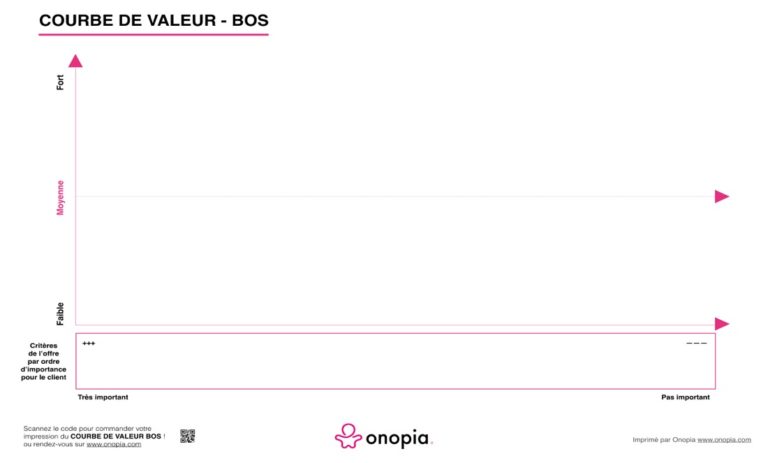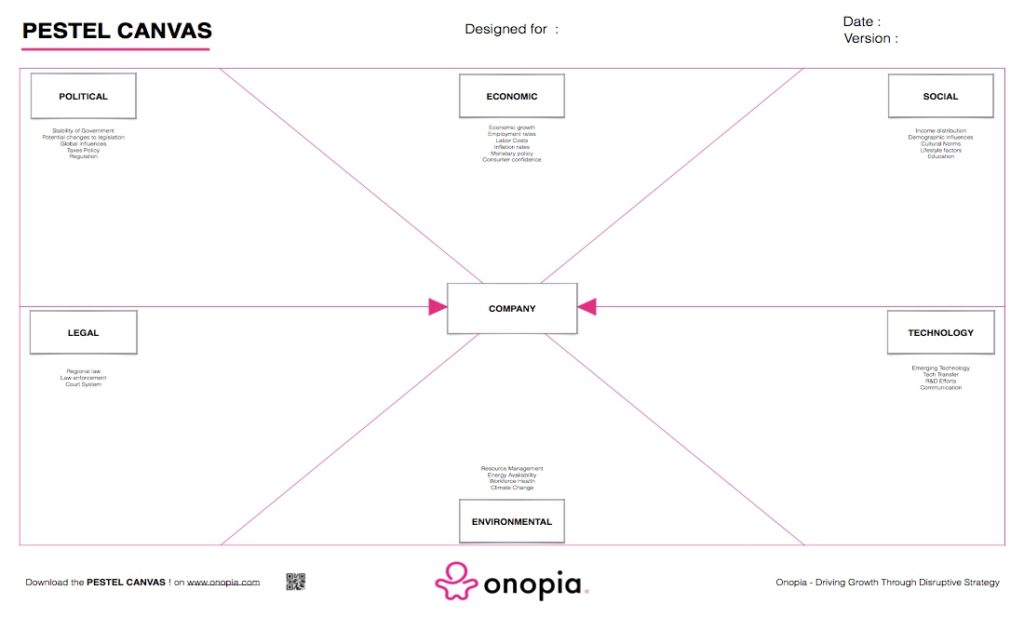PEST analysis (political, economic, social and technological) describes a framework of macro-environmental factors used in the environmental scanning component of strategic management. It is part of an external analysis when conducting a strategic analysis or doing market research, and gives an overview of the different macro-environmental factors to be taken into consideration. It is a strategic tool for understanding market growth or decline, business position, potential and direction for operations.
Variants that build on the PEST framework include:
- PESTEL or PESTLE, which adds legal and environmental factors. Popular in the United Kingdom.[1]
- SLEPT adding legal factors.
- STEEPLE and STEEPLED, adding ethics and demographic factors.
- DESTEP, adding demographic and ecological factors.
- SPELIT, adding legal and intercultural factors. Popular in the United States since the mid-2000s.[2]
There is also STEER, which considers socio-cultural, technological, economic, ecological, and regulatory factors, but does not specifically include political factors.
FOUR OR SIX FACTORS
The basic PEST analysis includes four factors:
- Political factors are basically how the government intervenes in the economy. Specifically, political factors have areas including tax policy, labour law, environmental law, trade restrictions, tariffs, and political stability. Political factors may also include goods and services which the government aims to provide or be provided (merit goods) and those that the government does not want to be provided (demerit goods or merit bads). Furthermore, governments have a high impact on the health, education, and infrastructure of a nation.
- Economic factors include economic growth, interest rates, exchange rates, the inflation rate. These factors greatly affect how businesses operate and make decisions. For example, interest rates affect a firm’s cost of capital and therefore to what extent a business grows and expands. Exchange rates can affect the costs of exporting goods and the supply and price of imported goods in an economy.
- Social factors include the cultural aspects and health consciousness, population growth rate, age distribution, career attitudes and emphasis on safety. High trends in social factors affect the demand for a company’s products and how that company operates. For example, the ageing population may imply a smaller and less-willing workforce (thus increasing the cost of labour). Furthermore, companies may change various management strategies to adapt to social trends caused from this (such as recruiting older workers).
- Technological factors include technological aspects like R&D activity, automation, technology incentives and the rate of technological change. These can determine barriers to entry, minimum efficient production level and influence the outsourcing decisions. Furthermore, technological shifts would affect costs, quality, and lead to innovation.
Expanding the analysis to PESTLE or PESTEL adds:
- Legal factors include discrimination law, consumer law, antitrust law, employment law, and health and safety law. These factors can affect how a company operates, its costs, and the demand for its products.
- Environmental factors include ecological and environmental aspects such as weather, climate, and climate change, which may especially affect industries such as tourism, farming, and insurance. Furthermore, growing awareness of the potential impacts of climate change is affecting how companies operate and the products they offer, both creating new markets and diminishing or destroying existing ones.
Other factors for the various offshoots include:
- Demographic factors include gender, age, ethnicity, knowledge of languages, disabilities, mobility, home ownership, employment status, religious belief or practice, culture and tradition, living standards and income level.
- Regulatory factors include acts of parliament and associated regulations, international and national standards, local government by-laws, and mechanisms to monitor and ensure compliance with these.
More factors discussed in the SPELIT Power Matrix include:
- Inter-cultural factors considers collaboration in a global setting.
- Other specialized factors discussed in chapter 10 of the SPELIT Power Matrix include the Ethical, Educational, Physical, Religious, and Security environments. The security environment may include either personal, company, or national security.
- Other business-related factors that might be considered in an environmental analysis include Competition, Demographics, Ecological, Geographical, Historical, Organizational, and Temporal (schedule).
Applicability of the factors
The model’s factors will vary in importance to a given company based on its industry and the goods it produces. For example, consumer and B2B companies tend to be more affected by the social factors, while a global defense contractor would tend to be more affected by political factors. Additionally, factors that are more likely to change in the future or more relevant to a given company will carry greater importance. For example, a company which has borrowed heavily will need to focus more on the economic factors (especially interest rates).
Furthermore, conglomerate companies who produce a wide range of products (such as Sony, Disney, or BP) may find it more useful to analyze one department of its company at a time with the PESTEL model, thus focusing on the specific factors relevant to that one department. A company may also wish to divide factors into geographical relevance, such as local, national, and global.
Use of PEST analysis with other models
The PEST factors, combined with external micro-environmental factors and internal drivers, can be classified as opportunities and threats in a SWOT analysis. A graphical method for PEST analysis called ‘PESTLEWeb’ has been developed at Henley Business School in the UK. Research has shown that diagrams are considered by users to be more logical, rational and convincing than traditional PEST analysis.
Source : Wikipedia





